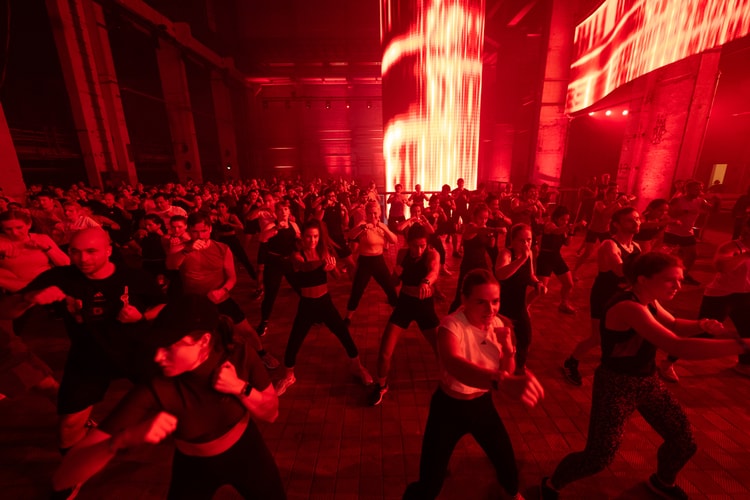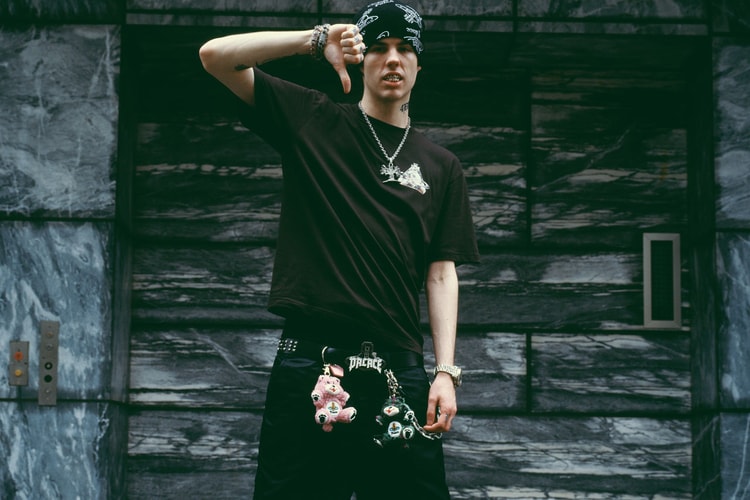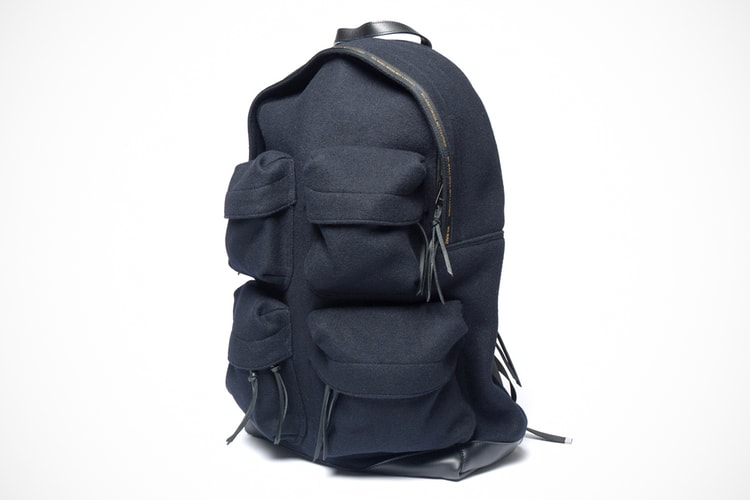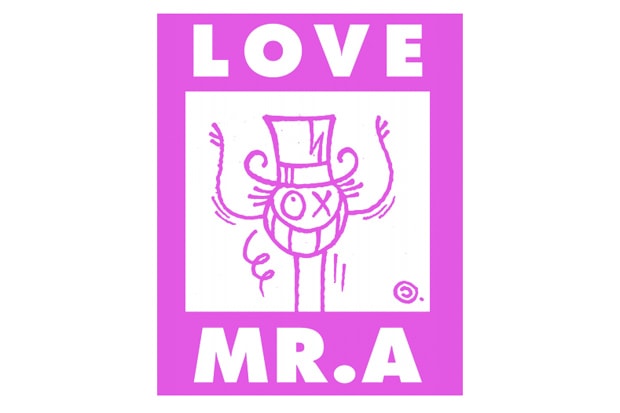A Deep Look Into the Mind of Damir Doma
Born in Croatia and raised in Germany before calling Paris home as a fashion designer, Damir Doma
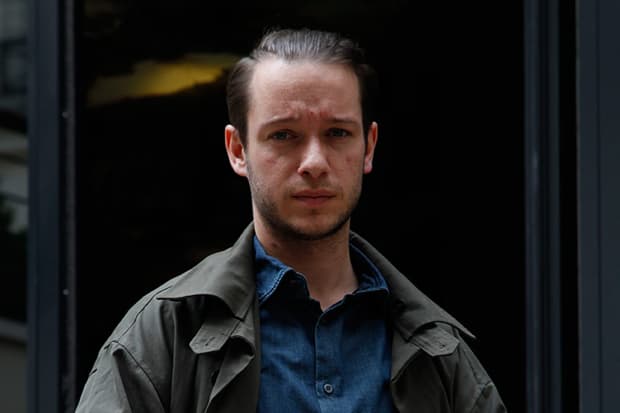
Born in Croatia and raised in Germany before calling Paris home as a fashion designer, Damir Doma recently sat down for an interview with SSENSE. Discussing his upbringing and the influence his mother had on him as a designer, Doma touches on his time working alongside industry stalwarts like Raf Simons and Dirk Schönberger, the introduction of his own eponymous line in 2007, and the similarities and differences between the flagship collection and SILENT designs. Choice excerpts can be seen below while the entirety of the interview can be read over at SSENSE.
Let us start right at the beginning with your childhood – spent growing up with fabric, with fashion, with clothes, all around you – and the influence of your mother, who herself is a designer, which must have been so impactful?
Well, my mother has an atelier so I basically grew up with all these things around me, fashion is something very natural to me as it was always there. I think for some people fashion is something very extravagant, but for me it’s what I grew up with so it was very close to me, it is what I knew so I decided to go in that direction.Your mother’s factory is actually where your clothing is currently produced – what is it like to work so closely with her?
First of all, the reason I was able to start so early is that she had the atelier and factory; it gave me the possibility of doing my collection while very young, 25-26, which is quite exceptional. Most people struggle to find their way through the industry, and for me that was something that was very accessible.So it’s an entirely positive thing for you?
Totally positive. And it’s great that I can share time with my mother. I am working so much that if I didn’t work alongside her, I would never see her!You’ve had the chance to work alongside industry heavyweights like Raf Simons and Dirk Schönberger – tell us about what you took from the experience?
When people talk about fashion and those designers, they mostly see the surface, but the surface is not really interesting for me. For me, the most interesting part about my period in Antwerp was seeing how difficult it is to manage your own business, Dirk and also Raf were both struggling, in a way.That’s the strange thing about fashion – that there are these two sides: the whole press side, that love to talk about the excitement of the fashion world but then the reality of our business is sometimes a bit more brutal and real, and that was a very important lesson for me. Especially working with Dirk Schönberger at that time, because just when I started he went bankrupt, then got new investors, then bankrupted again. To see this, was really, in a way…I was really impressed. Or something deeper than impressed, it was shaking my little world. Shaking it up! To understand how tough it is. People think “I want to become a fashion designer”, but they don’t understand how difficult it is to maintain a certain level. The first collection is easy, but then to grow, and to continue, and to get a certain importance…that’s pretty difficult.
So now, five years after your first Paris show back in 2007, do you think that early experience in Antwerp helped you to deal with what you have achieved?
My time in Antwerp helped me actually find out what I wanted, to think about “who am I” and “where do I want to go?” There was a period where I felt very isolated – Antwerp is a very strange place – people who visit it for a weekend or a week mostly love it but if you live there for two and a half, almost three years, it’s a very strange place; I felt very isolated, almost lonely there. You spend, somehow, a lot of time with yourself. It was an important lesson, because usually you are distracted with so many things. There, I could really focus, so that was a great starting point and then half a year after I started my collection I moved to Paris, which means I have been here more than five years. I, to be honest, sometimes don’t have so much time to think about the last five years, but sometimes when I do think about it, it’s a bit shocking. Four years ago I was in an atelier in the 16th [arrondissement] with one person, and an intern. And now when you visit our office it’s the opposite – it is, I think, 1000 square metres, with almost 30 people. Better not to think about it! [laughs]Moving to the future, many of your key influences are installation artists, painters or conceptual designers – would you say that this translates into your work?
I don’t think any kind of inspiration influences me; I don’t think you can see [the influence of art] directly in my clothes. It is very subtle. What is interesting for me is the artistic process of creating, and when I create my clothing I use a similar process and a similar way of thinking. From conception I am thinking about the material, the shape, the volume, through to the final product and for me that period is the most exciting part of my job.



